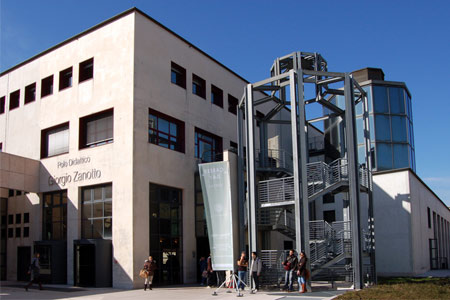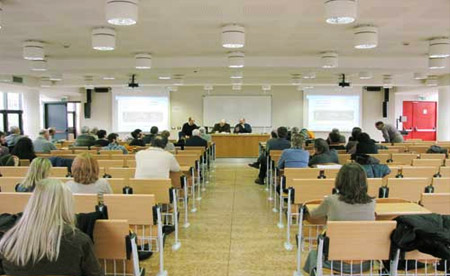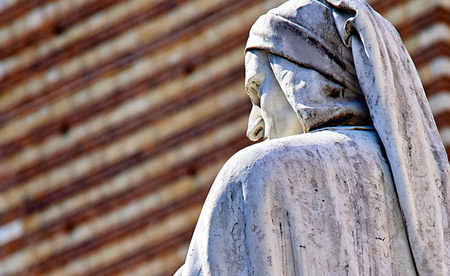Learning outcomes
Fornire gli strumenti per affrontare l’analisi della ritrattistica veneta del XVI e del XVII secolo; in particolar modo l’acquisizione di una chiave di lettura iconografica e iconologica, che, secondo un approccio interdisciplinare, si confronti con fonti storico-artistiche, storiche e letterarie.
The course aims at providing the fundamental tools for understanding the formal development and the most relevant themes that can be found in the oeuvre of the sculptor Antonio Canova (1757-1822); in particular, the works of art will be analysed with the help of a wide series of sources (drawn from literature, documents, etc.).
This course will underline the role played by Canova in the European context and his response to the social values of the time. In this light, a special focus will be set on iconography and iconology, stressing the artist’s connection to contemporary culture, not only in the visual field.
The course's goal is to provide students with basic tools for recognising the main cultural structures in Canova’s oeuvre; recognising the prevailing iconographies; dealing with problems in interpreting Canova’s sculptures with a critical judgement; recognising the main sources. During the course, students are constantly invited to develop their judgement and express their opinions on the works of art (slides will be loaded on the learning site).
Students are frequently encouraged to verify the liabilty of the theoretical statements they have learnt from the teacher by analysing the works of art by their own (the works of art will be discussed during the lessons and their images will be loaded on the e-learning website); furthermore, students are encouraged to express their opinions on specific problems concerning particular works of art, so that they can develop their skills in analysing and giving their personal judgement.
The Venetian and Italian context in the second half of the Seventeenth Century and Neoclassicism.
Antonio Canova (Possagno, 1757- Venice, 1822):
1. Training and early works.
2. The patrons: in Venice; in Italy; in Europe, with specific reference to the Bonaparte Family and the Habsburgs.
3. The relationship with classical art in the Neoclassicism and in Canova.
4. The meaning of the works: innovative motifs, the patrons’ celebration, taste for collecting.
At the beginning of the course, besides the texts already indicated, the bibliography will be further implemented.
Oral exam. Students are asked to recognise and describe the main cultural and formal features of Antonio Canova's works which will be discussed during the course; their iconography, as well as their literary and typological sources.







